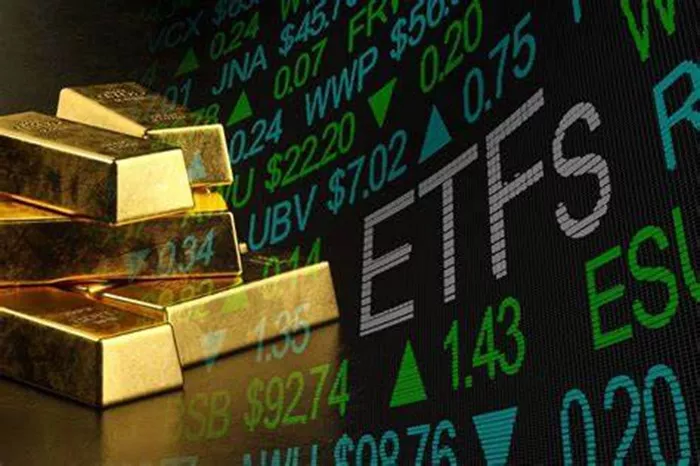Australia’s mineral exploration spending dropped to a four-year low in the March quarter, with just \$804.7 million spent across the country. This is the weakest level since March 2021, when the industry was still emerging from the impact of the COVID-19 pandemic.
The decline comes as no surprise. Smaller iron ore players are struggling, while prices for lithium and nickel have fallen sharply. Investors have grown cautious, making it harder for companies without strong prospects to raise capital.
Gold exploration has proven more resilient. Spending in March 2025 reached \$283.6 million, close to the \$284.4 million recorded in the same period last year, and slightly above the \$275.5 million spent in March 2023. Still, it remains below the peak of \$363.9 million seen in March 2022.
The Australian Bureau of Statistics released the data before accounting firm BDO published its quarterly cash update. BDO reported a 19% fall in exploration spending among small-cap ASX-listed resource companies, down to \$643.52 million—a level not seen since 2021.
Some of the decline can be explained by seasonal factors. The March quarter is shorter, and wet weather in mining regions like Western Australia and Queensland often slows down drilling. Nonetheless, BDO described the situation as a “significant downturn.”
Only 26 companies under BDO’s watch raised more than \$10 million during the quarter, compared to 57 in December. Gold companies led capital raising, accounting for \$621.22 million of the \$1.047 billion total. However, this was skewed by a \$280 million cash release from De Grey Mining through maturing term deposits ahead of its acquisition by Northern Star Resources.
BDO’s head of global natural resources, Sherif Andrawes, warned that declining cash balances, reduced exploration activity, and fewer reporting companies—now down to 763—signal further trouble for the sector. However, he noted that gold companies are faring better due to gold’s reputation as a safe-haven asset during global instability.
Andrawes highlighted rising M\&A activity in gold, including Gold Fields’ acquisition of Gold Road Resources and Ramelius’ bid for Spartan Resources. Still, he pointed out that other sectors are struggling, especially after the removal of incentives like the Junior Minerals Exploration Incentive. He said the outlook remains uncertain, with funding and investment continuing to be major hurdles.
Gold’s appeal is growing as global tensions rise. The metal, which traditionally gains during times of unrest, surged after Israel launched a strike on Iran. The Israeli government warned citizens to prepare for possible retaliation, closing schools and airspace, while the war in Gaza continues. The U.S. government appears to have limited influence over the conflict’s direction.
In this climate, Brent crude prices jumped over 8% to US\$75.08 per barrel, and gold futures climbed past US\$3,420 an ounce. Australia’s All Ordinaries gold index rose 4.53% to a new all-time high, despite recent changes by fund manager VanEck that will see some Australian mid-cap gold stocks removed from the benchmark index behind its GDX ETF.
Companies like Capricorn Metals, Genesis Minerals, Vault Minerals, and Bellevue Gold will no longer be tracked, potentially affecting their liquidity. On the flip side, larger players like Westgold Resources, Northern Star, Evolution Mining, and Perseus Mining will have a stronger presence in the updated index.
Meanwhile, some Australian explorers are turning to the U.S. market. Resolution Minerals recently acquired the Horse Heaven project in Idaho, next to the Stibnite gold mine owned by Perpetua Resources. The project is rich in gold, silver, antimony, and tungsten—metals critical to U.S. defense supply chains.
Resolution says Horse Heaven complements its Australian portfolio, which includes antimony and gold projects in New South Wales and Queensland. Executive Director Aharon Zaetz called the acquisition a “company transforming event,” noting that the project’s location next to what could become America’s largest antimony producer adds major strategic value.
Elsewhere, Southern Palladium is gaining attention. The company owns 70% of the Bengwenyama platinum and palladium project in South Africa. After years of weak prices, platinum rose 28% and palladium climbed 10.5% over the past month. This revival has drawn investors back into the PGM space.
Southern Palladium’s stock has jumped 75% in the past year. It recently secured \$8 million through a placement to support its definitive feasibility study, marking its first capital raise since its 2022 IPO. The deal, led by Bridge Street Capital Partners, was done without a discount, a positive sign for shareholders.
The company’s shares are now trading at 70 cents, up from 50 cents, reflecting renewed investor confidence in the potential of platinum group metals.
Related Topics

